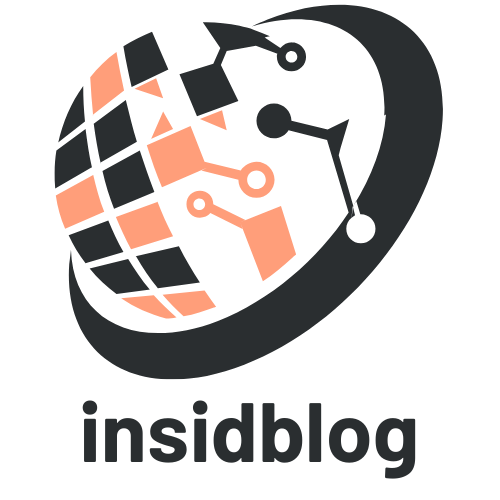In a world where waiting in line feels like a sport, e-governance platforms are here to rescue citizens from the clutches of bureaucracy. Imagine a place where accessing government services is as easy as ordering a pizza—no more awkward small talk with the clerk or flipping through endless forms. These digital solutions are revolutionizing how people interact with their governments, making life simpler and more efficient.
Table of Contents
ToggleOverview of E-Governance Platforms
E-governance platforms enhance interaction between citizens and government services. These digital tools facilitate easier access to essential services, reducing waiting times and eliminating paperwork. They empower citizens to complete applications online, monitor service progress, and communicate directly with government officials.
Numerous features characterize successful e-governance platforms. User-friendly interfaces encourage citizen engagement, while robust security measures protect sensitive data. Integration with existing governmental systems ensures seamless service delivery, creating a cohesive experience for users.
Statistics show significant growth in e-governance adoption globally. In 2020, data indicated that 67% of governments implemented some form of digital service. Trends indicate that emerging technologies, such as artificial intelligence and blockchain, further enhance these platforms’ capabilities.
Multiple benefits arise from utilizing e-governance solutions. Citizens experience increased transparency in government operations, fostering trust and accountability. Cost savings occur for both governments and citizens, as online transactions reduce the need for physical office visits.
Challenges exist that impact the effectiveness of e-governance. Issues like digital literacy disparities and cybersecurity threats hinder wider adoption. Addressing these concerns through targeted strategies can improve platform functionality and reach.
E-governance platforms represent a critical advancement in modern governance. They bridge gaps between public services and citizens, paving the way toward more efficient, accessible government interactions.
Key Features of E-Governance Platforms

E-governance platforms boast key features that enhance their effectiveness in delivering government services. Two significant aspects include user accessibility and security measures, both essential for successful implementation.
User Accessibility
User accessibility plays a crucial role in effective e-governance. Features like intuitive designs and mobile compatibility ensure all citizens can engage easily. Simplified navigation enhances the user experience, allowing quick access to essential services. Multilingual options broaden usability for diverse populations. Online application processes reduce reliance on physical paperwork, streamlining service delivery. Real-time updates keep users informed about application statuses. E-governance platforms prioritize inclusivity and transparency, promoting greater citizen participation in governance.
Security Measures
Security measures remain a top priority for e-governance platforms. Implementing robust encryption protects sensitive personal data during transactions. Authentication protocols prevent unauthorized access, safeguarding user information. Regular audits and updates maintain system integrity and address vulnerabilities. By utilizing secure payment gateways, platforms ensure safe financial transactions. Educating users about cybersecurity practices further strengthens protection against threats. E-governance platforms must continually adapt to evolving security challenges, fostering trust among citizens in the digital landscape.
Benefits of E-Governance Platforms
E-governance platforms provide valuable advantages for both citizens and governments. They foster better communication, streamline processes, and increase overall satisfaction.
Enhanced Public Engagement
Interactive features allow citizens to participate more actively in the decision-making process. Feedback mechanisms enable users to share opinions on public services, enhancing responsiveness. Platforms can host virtual town hall meetings, where officials directly engage with constituents. Additionally, simplified access to information empowers citizens with knowledge about policies and initiatives. All these factors boost public trust, leading to increased civic involvement in local and national issues.
Improved Efficiency and Transparency
Automation reduces processing times for government services, significantly enhancing efficiency. Many tasks that once required lengthy procedures can now be completed in minutes online. Transparent operations allow citizens to track application statuses in real-time, ensuring accountability. Clear communication about processes minimizes public confusion and frustration. Reduced paperwork not only saves time but also cuts costs for both governments and citizens.
Challenges Faced by E-Governance Platforms
E-governance platforms encounter several challenges that can impede their effectiveness and adoption. Understanding these obstacles is crucial for improving system functionality.
Digital Divide
Digital literacy varies significantly among populations, creating barriers to accessing e-governance services. A portion of the population may lack the necessary skills to navigate online platforms, hindering their participation. Disparities also exist in internet access, with rural and low-income communities often facing connectivity issues. The United Nations reported that about 45% of the global population still lacks internet access, contributing to this divide. To address these challenges, governments can implement training programs aimed at enhancing digital skills and improving connectivity in underserved areas.
Cybersecurity Concerns
Cybersecurity threats pose significant risks to the integrity of e-governance platforms. Unauthorized access to sensitive information can lead to data breaches, compromising personal data and damaging public trust. A survey indicated that 43% of organizations experienced cyberattacks in recent years, highlighting vulnerability in digital systems. Governments often prioritize robust encryption and authentication measures to protect data. Regular system audits and updates further enhance security. Educating citizens about best practices for online safety also plays a key role in mitigating risks associated with e-governance platforms.
Future Trends in E-Governance Platforms
Emerging technologies continue to reshape e-governance platforms. Artificial intelligence is increasingly employed to analyze user data, predict citizen needs, and automate responses for faster service delivery. Blockchain technology enhances security and transparency, providing tamper-proof records of transactions and interactions.
The rise of mobile applications cannot be overlooked. Citizens prefer accessing government services via mobile devices, leading to the development of mobile-friendly interfaces. These platforms prioritize user experience, ensuring navigation remains intuitive across all devices.
Increased personalization is a trend gaining traction, allowing citizens to receive tailored services based on their preferences and previous interactions. Such customization fosters a deeper connection between governments and citizens, enhancing trust.
Data analytics is being utilized more effectively by governments to improve service quality. By analyzing usage patterns, officials can identify bottlenecks and streamline processes. As a result, citizens experience faster response times and improved efficiency.
Greater emphasis on cybersecurity measures strengthens public confidence. Regular updates and audits of security systems protect sensitive data and reinforce the commitment to safeguarding personal information. Educational programs about online safety equip citizens with necessary skills, minimizing risks associated with cyber threats.
The adoption of virtual citizen engagement platforms is increasing. Online town hall meetings and interactive forums promote dialogue between citizens and officials, facilitating two-way communication. Enhanced engagement leads to better informed decisions and a more participatory governance model.
Lastly, sustainability initiatives are gaining importance. Governments are utilizing e-governance to promote eco-friendly practices, reducing paper usage and minimizing physical office space. Digital solutions play a key role in creating efficient and sustainable governmental operations.
E-governance platforms are revolutionizing the way citizens interact with their governments. By streamlining access to services and enhancing transparency they foster a more engaged and informed populace. While challenges like digital literacy and cybersecurity persist the benefits of these platforms far outweigh the hurdles.
With advancements in technology such as AI and blockchain the future of e-governance looks promising. As governments continue to prioritize user-friendly designs and robust security measures citizens can expect more efficient and accessible services. Embracing these digital solutions not only improves government interactions but also strengthens the foundation of democracy itself.



